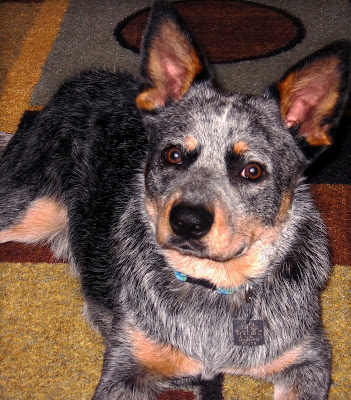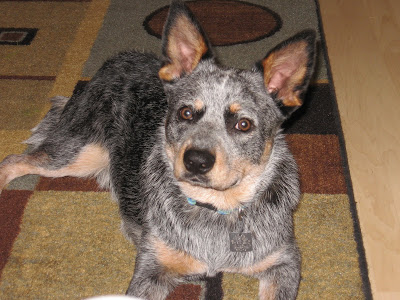I have always enjoyed black and white photography. Ansel Adams is amazing with it. The top two I especially like because of the snow. It really makes the other images in the photographs "pop". He uses the "rule of 3" well. In the first picture, the focus is the tree in the front, with the other two objects being the remaining trees and sky behind them. The second picture uses the river to guide the eye back into the photograph, with the trees and mountain being the other two main objects. The moonrise photograph is excellent with the dark shadows overcasting the mountains. Finally, the last photograph is intriguing with the twisted tree. The photograph was taken at the perfect time of day as the shadows extend in the same direction of the branches. I really enjoy his work, and he creates images that make people appreciate nature and evoke emotion.
All of this information and photographs can be found at: http://www.anseladams.com/aboutAAG.html
All of this information and photographs can be found at: http://www.anseladams.com/aboutAAG.html








